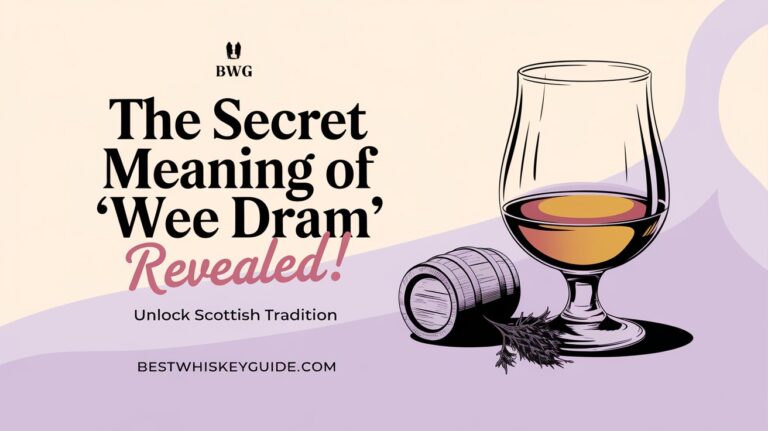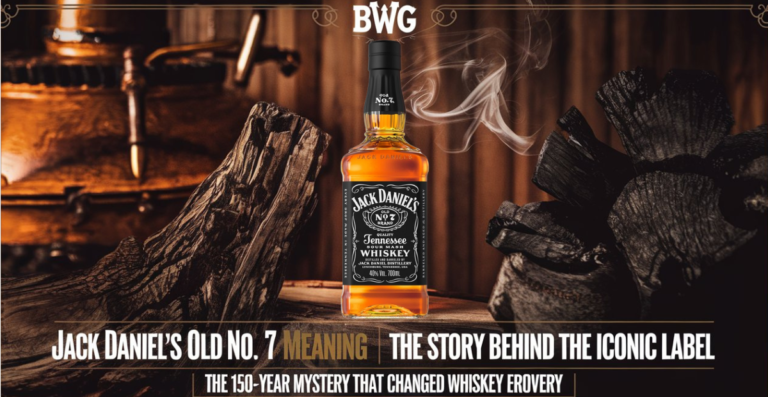Imagine savoring a sip of whiskey that carries a symphony of flavors—each note carefully crafted from the very grains that form its foundation. In whiskey production, grain selection isn’t just a step in the process; it’s the cornerstone that shapes the spirit’s character, aroma, and taste. In this article, you'll discover how the choice of corn, rye, barley, and wheat creates the diverse profiles we cherish in our favorite whiskeys, from the sweet allure of bourbon to the robust kick of rye.
We’ll also explore innovative alternatives like oats, millet, and quinoa that are redefining tradition and expanding the horizons of whiskey flavor. Whether you're a seasoned connoisseur or new to the world of whiskey, understanding these essential ingredients will deepen your appreciation for every glass. So, let’s raise a toast and embark on this journey into the fascinating world of grain selection in whiskey production.
Table of Contents
The Foundation: Corn, Rye, Barley, and Wheat
Corn: The Sweetheart of Bourbon
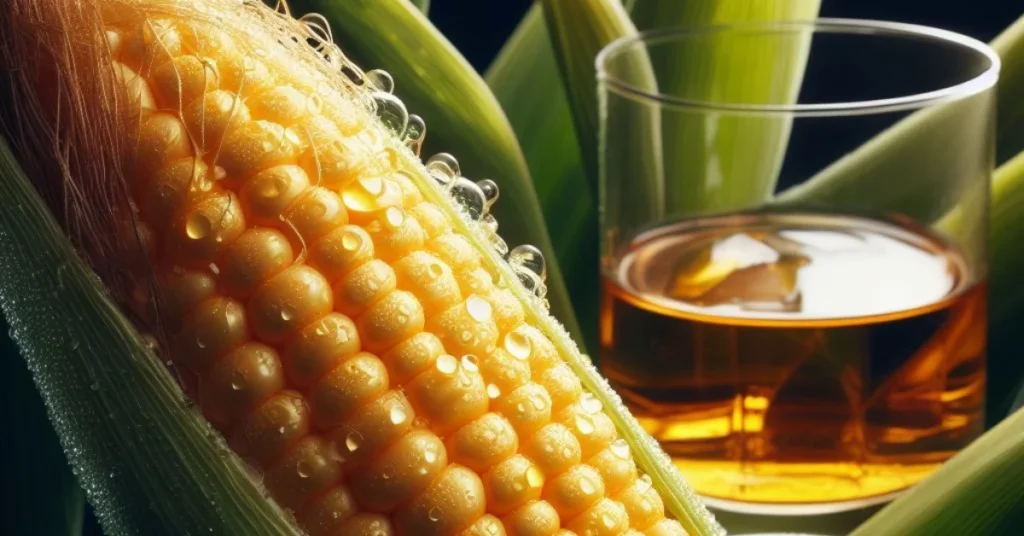
At the heart of many bourbons lies corn—a grain whose unique chemical composition is fundamental to crafting whiskey’s rich flavor profile. Corn is packed with starches, predominantly in the form of amylopectin, which break down into fermentable sugars during mashing. These sugars are not only essential for alcohol production but also set the stage for the Maillard reaction during aging, where interactions between sugars and amino acids yield those irresistible notes of caramel, toffee, and honey.
Research published in the Journal of Food Science highlights that the specific structure of corn’s starches significantly influences the complexity and depth of flavor in bourbon [1]. Expert distillers at Limestone Branch, for example, point to corn’s natural composition as the source of the creamy texture and luscious sweetness in their Yellowstone Select Kentucky Straight Bourbon Whiskey. Their experience, supported by scientific findings, confirms that the molecular makeup of corn is key to developing the multi-layered palate that bourbon enthusiasts cherish.
In essence, corn’s chemical properties do more than just provide fermentable sugars—they orchestrate a series of reactions that transform a simple grain into the soul of a refined whiskey.
Rye: Where Zing Meets Personality
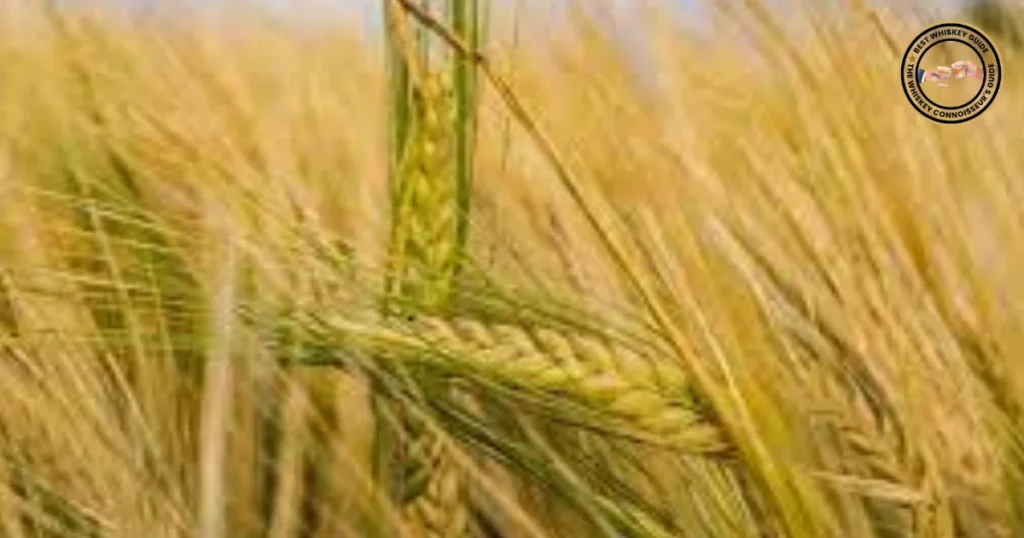
Rye infuses whiskey with a signature spiciness that not only delivers a bold, peppery kick but also weaves a complex tapestry of flavors when combined with other grains. Its inherent heat, characterized by notes of cinnamon, clove, and sometimes even a hint of nutmeg, interacts harmoniously with the sweeter, softer profiles of corn and the toasty nuances of barley. This delicate interplay creates a balanced flavor that stands out in the whiskey’s overall profile.
During aging, rye's spiciness undergoes a fascinating transformation. As the whiskey matures in charred oak barrels, the raw intensity of the spice gradually softens and melds with the barrel’s vanilla, caramel, and smoky overtones. This process not only rounds out the initial sharpness of rye but also deepens its character, resulting in a spirit that is both vibrant and well-integrated.
For example, Limestone Branch’s Minor Case Straight Rye Whiskey exemplifies this balance. Its bold, spicy start is artfully tempered by hints of oak and sherry from extended barrel aging, creating a refined yet assertive flavor profile. Similarly, renowned brands like WhistlePig and Sazerac Rye highlight rye’s dynamic nature, each offering a unique expression of its signature spice that appeals to connoisseurs seeking both complexity and a spirited kick in their glass.
Barley: Warm, Nutty, and Versatile
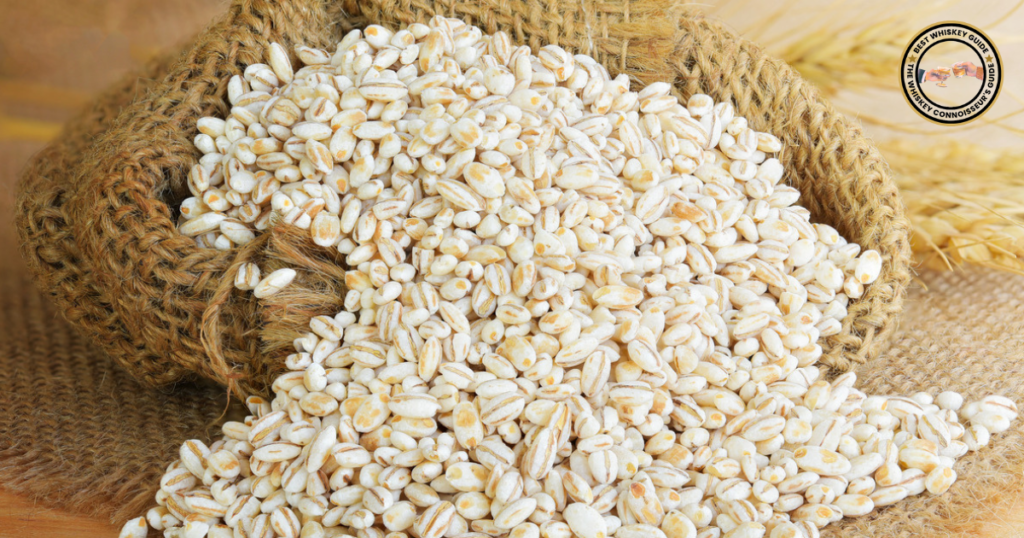
Barley is more than just a supporting player—it’s an essential ingredient that significantly influences both the fermentation process and the final texture of whiskey. When barley is malted, its natural enzymes convert starches into fermentable sugars, setting the stage for a smooth and efficient fermentation. This enzymatic activity not only ensures a robust fermentation but also contributes to a whiskey’s rich, nuanced flavor profile.
In Scotch whisky, barley takes center stage. Used predominantly in its malted form, barley is the cornerstone of single malt Scotch. It imparts a distinctive malty sweetness, a creamy texture, and a finish marked by toasted, nutty notes, often complemented by a subtle smokiness from traditional floor malting techniques. This results in a spirit that is both complex and characterful.
Conversely, in American whiskey, barley usually plays a complementary role in the mash bill. Here, it is blended with dominant grains like corn or rye. The malted barley adds depth and balance by softening the inherent sweetness of corn or the spiciness of rye. This interplay creates a well-rounded spirit with a smooth mouthfeel and a finish that lingers, marrying the grain's inherent maltiness with the other flavors in the blend.
In essence, barley’s versatility is key to crafting a diverse range of whiskeys. Whether it stands alone in a Scotch or enhances a blend in American whiskey, barley’s contribution to fermentation and flavor development is indispensable in shaping the character and finish of the final product.
Wheat: Smooth Operator

Wheat doesn’t just smooth out a whiskey—it elevates it. Its gentle, bread-like sweetness and soft mouthfeel can transform a blend into an exceptionally refined spirit. Take Limestone Branch Distillery’s wheated whiskeys, for instance; these expressions highlight how wheat introduces a velvety texture and subtle layers of flavor that make every sip feel effortlessly balanced.
In the bourbon arena, iconic brands such as Maker’s Mark have long celebrated wheat’s unique contribution. By incorporating wheat into their mash bills, they achieve a mellow, approachable character that tempers the intensity of harsher grains while still delivering complexity. Similarly, W.L. Weller’s wheated bourbons demonstrate how wheat can craft a rich, rounded finish that enhances the overall drinking experience—one where the spirit’s inherent sweetness and smoothness are front and center.
Ultimately, wheat-based whiskeys offer more than just a silky finish; they present a harmonious profile that invites both novices and connoisseurs to enjoy a multi-dimensional tasting experience that is as accessible as it is sophisticated.
You may also like
Beyond the Basics: Exploring Alternative Grains
Oats: Creamy Goodness
Guess what? Oats aren't just for breakfast anymore. Koval in Chicago pushes the envelope with a mash of 100% oats, creating an impressively creamy spirit with integrated oak character3.
Millet: Drier and Softer
Millet, a small-seeded grass cultivated for thousands of years, offers a drier and softer flavour profile with light fruity and floral notes2.
Quinoa: Nutty and Earthy
Can you believe it? Quinoa, a pseudocereal, makes its mark in whiskey production, introducing nuttiness and earthiness to the taste2.
Other Alternatives: A Flavor Fiesta
In addition to oats, millet, and quinoa, whiskey rebels have experimented with buckwheat, roasted grains, amaranth, teff, spelt, and rice425. These alternative grains open the door to a diverse range of flavour options, making whiskey exploration an exciting journey425.
Whiskey Wonderland: The Art of Grain Selection
Crafting the Perfect Blend
In the hands of a skilled distiller, grains become paint on a canvas. The art of blending different grains in precise proportions creates a symphony of flavours, textures, and aromas that dance on your palate.
Maturation Magic
Ever wondered why some whiskeys mature longer than others? While Irish grain whiskey tends to have a shorter maturation process, pot still or malt whiskeys age gracefully, each telling a unique story after a minimum of three years4.
Also Read This: Are Whiskey and Bourbon the Same? Simple explanation
Going Against the Grain: The Rise of Alternative Whiskey Grains
Oats Redux: A Renaissance in American Whiskey
Oats aren't new to whiskey, but their resurgence in American spirits is noteworthy. Producers like Koval in Chicago breathe new life into this grain, embracing its challenges to deliver an impressively fat and round mouthfeel, even at a young age3.
Colourful Corn: Beyond Yellow
Yellow dent corn may dominate, but visionary distillers venture into the world of unique and heritage corn varieties. Balcones Distillery in Texas introduces Baby Blue corn whiskey, made with roasted blue corn, offering a rich, buttery nose and estery fruit character3.
Quinoa Chronicles: A South American Twist
Quinoa's journey from health food stores to whiskey barrels is fascinating. Corsair Distillery in Nashville, TN, pioneers the use of quinoa, adding a unique nutty and toasty flavour to their whiskey3.
Triticale Tale: The Hybrid Harmony
Triticale, a hybrid of wheat and rye, brings a harmonious blend of spice and softness. Dry Fly Distilling in Spokane, Washington, crafts a lovely straight triticale whiskey, proving that blending opposites can create magic3.
The Future: What's Next in the World of Whiskey Grains?
As we sip our favourite whiskey, it's exciting to ponder what the future holds. With distillers constantly exploring alternative grains and pushing the boundaries of tradition, the next decade promises an even more diverse and flavorful whiskey landscape.
Conclusion: A Toast to Grain selection for whiskey
Can whiskey go out of date? Not when the world of grains is your palette. The beauty lies in the endless possibilities, from the classic quartet of corn, rye, barley, and wheat to the avant-garde experiments with oats, quinoa, and triticale. So, here's to the grains—the unsung heroes behind every sip of that liquid gold we call whiskey.


